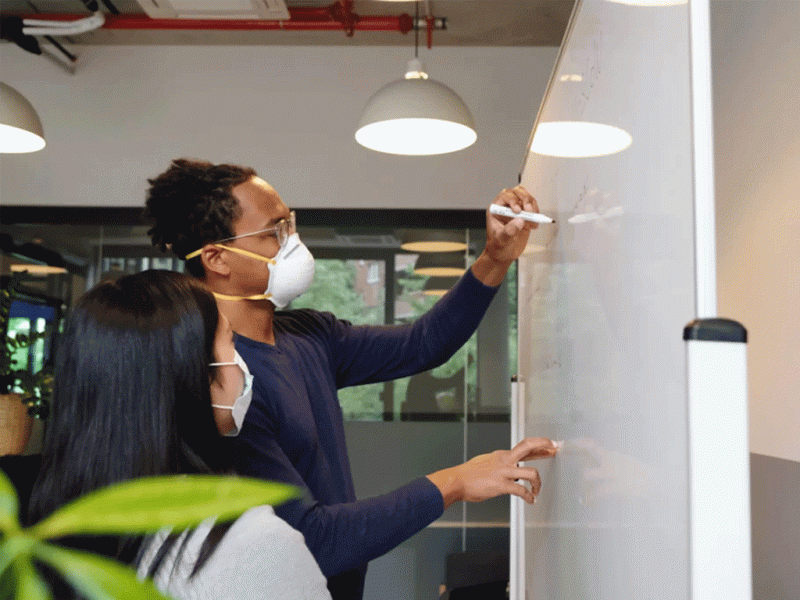Covid-19 has resulted in significant changes for organisations. Since homeworking became mandatory for many individuals in March 2020, organisations have focused much time and energy on adapting their existing work processes for remote working. Although most work-related processes have been more readily and efficiently adapted, how social interactions amongst colleagues can be supported whilst working from home is not so clear. Social interaction with colleagues is an integral part of an individual’s daily work life: the workplace helps individuals to fulfil the need to associate and identify with others through in-person, long-term and positive relationships. When separated from the traditional work environment, colleagues and social environment, the consequences can be detrimental. Individuals can increasingly feel disconnected from both their jobs and co-workers. This can result in:
A reduction in their commitment towards their job;
Feelings of anxiety and depression;
Feelings of being left out from decision-making processes;
A decline in team synergy and trust; and
A decline in productivity.
The potential negative implications of social isolation on individuals are profound. The question then is: what can organisations do to help employees maintain social relationships with colleagues?
When in-person social interaction with colleagues is no longer possible, technology provides opportunity. Mobile technology in particular allows individuals to interact socially ‘anytime, anywhere’: homeworkers are generally open to the idea of sharing their personal mobile phone numbers with close colleagues. Increasingly, new and varied applications on mobile devices enable individuals to have a greater feeling of being ‘socially present’ as they can potentially see and hear the person/people they are interacting with. There has been a boom in video call events amongst colleagues such as ‘Business School’s Got Talent’ and ‘Bring Your Pet to Work’. However, despite open invitations to such events, the uptake is often slight.
Social interaction amongst colleagues is very important for formal and informal information and knowledge sharing. Given its importance and the fact that social interactions generally have to occur via technology during the pandemic, there are some important considerations for managers of homeworkers:
Do not assume that employees are interacting with colleagues on a social level when homeworking: many homeworkers feel reluctant to contact colleagues as they feel they may be interrupting them. Spontaneous conversations at the desk about what one did at the weekend are a thing of the past, for now.
Ensure each employee is part of a smaller network. Research highlights that homeworkers develop a close network of colleagues who become their ‘go to’ people when needing support with their work or for general social interaction. Ensuring everyone is part of a smaller network can ensure that no-one is struggling alone, helps develop a group bond and encourages more open communication.
Ensure that new employees have a mentor who can support them and make them feel like a part of a network. The mentor must have clear guidelines in terms of what is expected of them.
Encourage social interactions to take place. This may include finishing work early on a Friday, as is common practice in some organisations, and spending an hour on a video call with colleagues. When a standard communication norm is shared with all employees within an organisation, more are likely to partake knowing that they are free from work for that period.
If an employee is struggling and/or becomes aloof, take prompt action in helping to find a resolution.
Promote a home-work balance – maintaining such a balance whilst homeworking can be difficult, especially when using personal devices. Encouraging employees to keep social interactions within working hours is important for managing feelings of job satisfaction and over-working.
We are all in challenging times where many situations are new. Managers have to adapt their styles as they manage an increasingly invisible workforce. Considering the technological capabilities available today, management need to consider not just how the technology can be used to serve the organisation’s purpose, but how it can be used to enable their employees to enjoy healthy social interactions with one another to support their wellbeing. The points for consideration above are not exhaustive but can go a long way in making employees feel happier and more supported.
By Dr Banita Lal, Senior Lecturer in Business Management, University of Bedfordshire Business School
